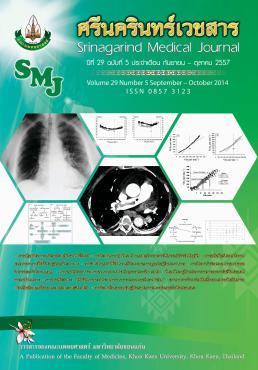Treatment of Community-Acquired Urinary Tract Infection in the Current Era of Quinolone Resistant Uropathogens
Keywords:
Urinary tract infection, Escherichia coli, Quinolone Resistant E. coli, Quinolone sparing agent, Third generation cephalosporinAbstract
Urinary tract infection (UTI) is among the most commonly encountered bacterial infections in women. The most common causative pathogen of UTI is E. coli. Initially, management of this infection was made more complicated in the past by increasing antimicrobial resistance rate, especially to ampicillin and cotrimoxazole (TMP/SMZ). However, the current practice has changed to oral quinolones. Oral quinolones such as ciprofloxacin and ofloxacin have been used in the last two decades. An association between the increase in quinolones prescriptions and an increase in bacterial resistance has been reported in many countries. Unfortunately, increasing quinolones resistance in many uropathogens causing community-acquired infections has raised concerns about the future usefulness of this potent and frequently prescribed class of antibiotics. A 2011 update by the Infectious Diseases Society of America (IDSA) recommended that beta-lactam antibiotics such as third generation cephalosporins may be considered as “quinolone-sparing agents” in the era of high incidence of Quinolone-resistant E. coli (QREc). The purpose of this review is to discuss the incidence of QREc in Thailand, risk factor, treatment and management of QREc from several studies. This information will be useful for physicians, pharmacists, and healthcare personnels for considering and prescribing of quinolones and quinolone-sparing agents in order to increase efficacy, decrease treatment failure, decrease recurrent rate, decrease antibiotic resistant rate in the treatment of this infection.




